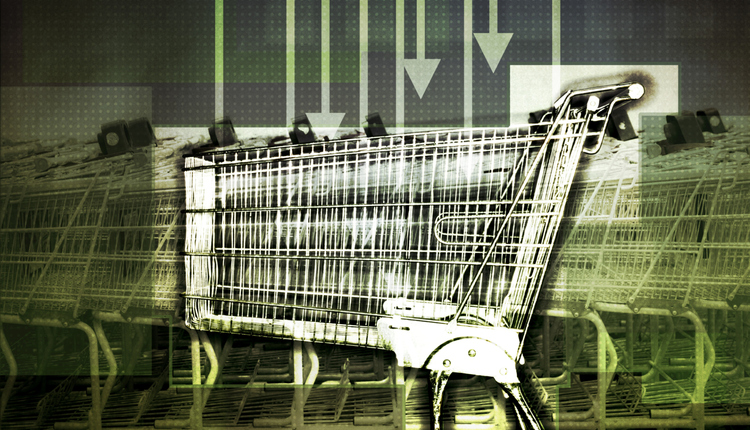There are two major candidates. Both swear they’re different and that they fit your needs better than their competition. Regardless of what they communicate, the small parcel market is changing, and now is the time to evaluate your options.
Wait, did you think I was talking about Trump and Hillary? Now that you mention it, there are striking similarities between the current presidential race and the small parcel market for 2017. Here are four.
1. Two Dominant Candidates
Donald Trump and Hillary Clinton are everywhere. They’ve got money, support, screen time, and brand recognition. Each presents themselves as a unique and superior option, and supporters believe that a third-party vote is a wasted vote.
In the small parcel market, UPS and FedEx are the major players. They’ve got growing profits, business opportunities, advertising budgets, and brand recognition. Like the POTUS candidates, FedEx and UPS probably don’t mind that people think they are your only options. But are they?
2. The two main candidates claim big differences
The Republican and Democratic parties each want you to know that their candidate is the only reasonable option, and the other party’s candidate is a(n) [insert negative label here]. The contrast between candidates becomes less clear, however, when you look at their histories. What really are their differences? While there certainly are policy splits, regardless of who wins, America is likely to see more taxes, bigger government, and less transparency. And that works for some people.
Others…not so much.
Meanwhile, UPS and FedEx say they’re different, but for the last decade have had the same ground rates, similar accessorials and equivalent results. Regardless of who you use, either carrier will get the package to its destination. Similar to the politicians, the shipping duopoly will continue to make your life more expensive with increased rates and fees, bigger infrastructure, and less transparency. Again, this works just fine for many shippers. For others, where do they draw the line and consider options 3, 4 and 5?
3. Despite what the duopoly says, there are other options
The Two Party System is reinforced by a belief that they are it — you have no other options. But what about the other parties? In states like Utah, for example, Gary Johnson, Jill Stein, and Evan McMullin are polling at up to 29%. They seem to appeal to voters whose views don’t line up with Trump or Hillary, so third-party candidates are another option to consider.
FedEx and UPS are also reinforced by a belief that they’re the only options. But what about the other carriers? USPS, DHL, and regional carriers might work better for certain shipping demographics. It all comes down to your shipping needs and preferences. Like third-party presidential candidates, you have options besides the major two.
4. In the end, you’re in charge
Whether you lean democrat, republican, green or libertarian, you must keep in mind that the candidate works for you. The President represents the people and their will, not the other way around. You’re the voter, so you are in charge of your decision.
Same goes for when you evaluate your small parcel program for 2017. Remember — you’re the boss and carriers work for you. Like politics and policy, you owe it to yourself and your future to know your values, needs, and characteristics, then to carefully weigh the options before choosing the best candidate for you.
After all, 2017 is fast approaching. And it’s going to be a ship storm.
In next Thursday’s live webinar, entitled “Ship Storm 2017: How to Navigate the Small Parcel Waters,” Glenn Gooding — former UPS corporate “special pricing” and cost model executive — will discuss Ship Storm 2017 and its impact on ground residential shipments. He will discuss adjustments needed for most small parcel programs and reveal shippers’ biggest operational and spend management challenges for 2017. The information from this webinar will help shippers of all types devise comprehensive supply chain strategies for 2017. Register here for the October 20 webinar at 2 pm EST.

















